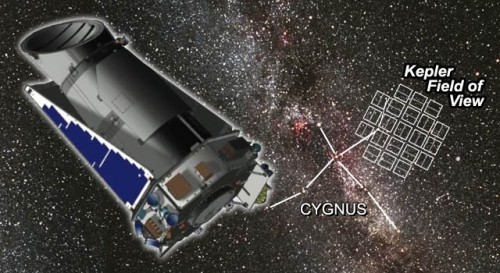
NASA announced May 15 that a second reaction wheel on the Kepler spacecraft has failed. This is forcing officials at the space agency to reconsider what mission that space-based telescope is now capable of conducting. Kepler went into safe mode Tuesday. When controllers went about recovering Kepler, they discovered that one of the four reaction wheels was no longer operating.
These wheels are used to orient the spacecraft, and Kepler needs at least three of them to be working to conduct its current mission of hunting for Earth-like planets orbiting distant stars. Another of these wheels failed last year.
According to a report on Spacetoday.net, project officials are looking at ways they can possibly recover one of the failed wheels and salvage the telescope’s primary mission.
Fortunately, Kepler has already accomplished its primary mission, leaving researchers with reams of data to review.
Kepler was the first NASA mission capable of detecting potential Earth-like worlds in the crucial “habitable zone” area around their parent stars. The Kepler spacecraft was launched from Cape Canaveral Air Force Station in 2009 atop a United Launch Alliance Delta II rocket. Since beginning its mission, Kepler has discovered more than 2,740 planet candidates.
Want to keep up-to-date with all things space? Be sure to “Like” AmericaSpace on Facebook and follow us on Twitter:@AmericaSpace




Are the telescope subsystems modular so the reaction wheels can be replaced? In so, we could send a Dragon carrying Robonaut to effect repairs.
Bob Clark
Why do engineers still insist on using reactionwheels for orientating space craft? They have been nothing but trouble for Hubble and the ISS.